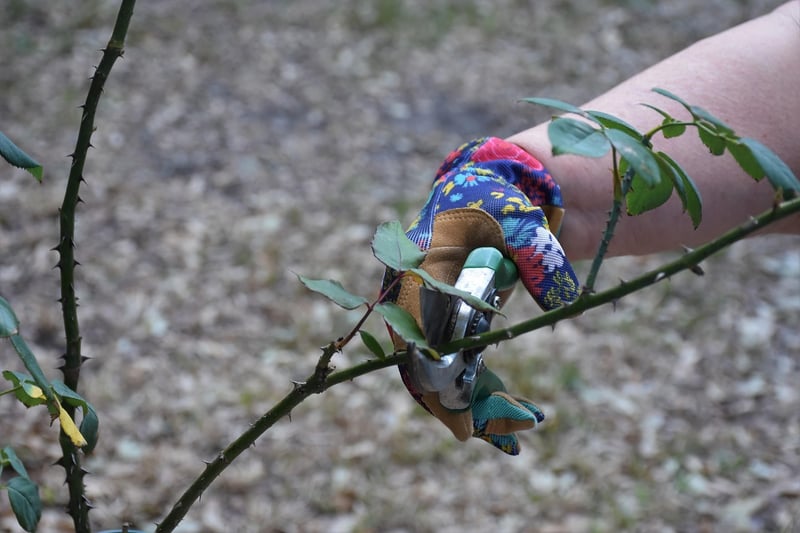Pruning Techniques
Keeping Your Garden Healthy: Essential Pruning Techniques
Having a thriving garden requires more than just watering and fertilizing. Pruning is a crucial practice that helps your plants grow strong, stay healthy, and look beautiful. By mastering essential pruning techniques, you can ensure your garden remains vibrant and lush throughout the year.
Why Pruning is Important
Pruning serves several purposes in maintaining a healthy garden:
- Promotes plant growth and flowering.
- Removes dead or diseased branches to prevent the spread of infections.
- Shapes plants for aesthetic appeal and to control size.
- Improves air circulation and sunlight penetration.
Essential Pruning Techniques
1. Use the Right Tools
Ensure you have sharp, clean tools such as pruning shears, loppers, and saws to make precise cuts without damaging the plant.
2. Know When to Prune
Understand the specific pruning requirements of each plant species. Some plants benefit from pruning in spring before new growth, while others should be pruned after flowering.
3. Remove Dead or Diseased Branches
Trimming away dead or diseased branches not only improves the plant's appearance but also prevents the spread of pests and diseases.
4. Shape Your Plants
Prune to shape your plants according to your aesthetic preferences. This can involve maintaining a specific size, encouraging bushiness, or creating a particular form.
5. Avoid Over-Pruning
While pruning is essential, avoid overdoing it. Removing too much foliage can stress the plant and affect its growth and overall health.
Conclusion
Mastering essential pruning techniques is key to keeping your garden healthy and vibrant. By understanding the benefits of pruning and following proper practices, you can ensure your plants thrive, bloom beautifully, and contribute to a stunning garden landscape.
Remember, a well-pruned garden is a healthy garden!

For more gardening tips and tricks, check out Gardeners.com.
